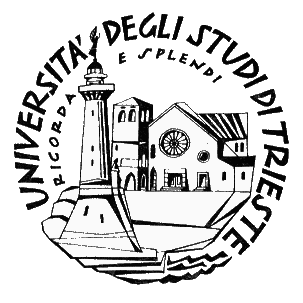Environmental
and Cultural Heritage Chemistry Research Group 
- BIOACCUMULATION & ENVIRONMENTAL TOXYCOLOGY -
The
experimental activity is focused on the micopollutants bioaccumulation,
such as heavy metals and PAH (Polycyclic Aromatic Hydrocarbons),
in land gastropoda and in sea molluscs.
-
Land
gastropoda are useful as biondicators of air and surface land
contamination. They can provide information about the interaction ways
of the pollutants with the biota living on the surface land.
- In the assessment studies of
the surface land contamination the land snails are settled in cages
built directly in
situ
:
- In the
assessment studies of the air contamination the land snails are settled in cages that avoid the
soil contact:
The
contamination is evaluated analysing separately the metals and PAH
content of the hepatopancreas, the foot and the rest of the body. The
animal health is evaluated by biometric measurements (dimensions and
weight) and observing possible variations of the radula and olfactory tissue
morphology (histological section).
-
The most used organisms for biomonitoring
assessment in marine environment are sessile filtering molluscs. They are able to intake pollutants
present in water or in the particulate they eat and activate an adaptive response to the
chemical stress which can be estimated to assess environmental
monitoring. In particular our studies are focused
on mussels.
The cages with breeding mussels are
settled in the marine environment for some months. The contamination is
evaluated analysing separately the PAH content of the
hepatopancreas, the gills and the rest of the body. The animal health
is
evaluated by biometric measurements (dimensions, weight and lipid
content).
HOME





